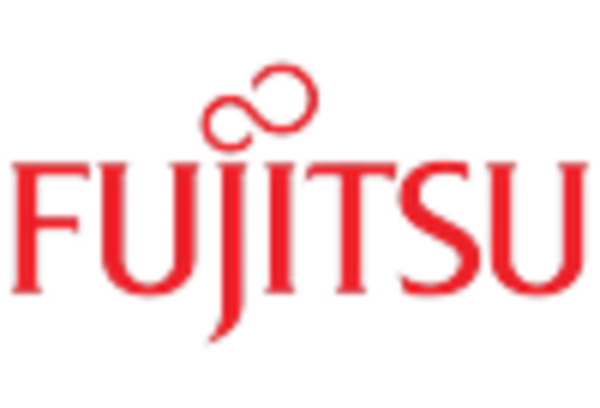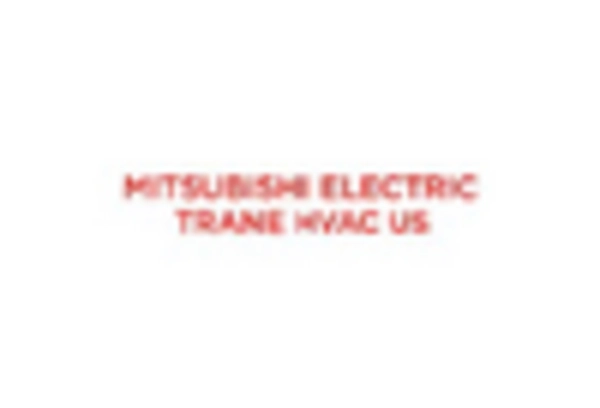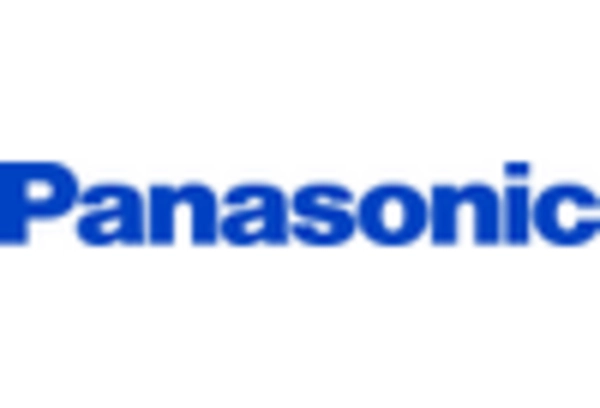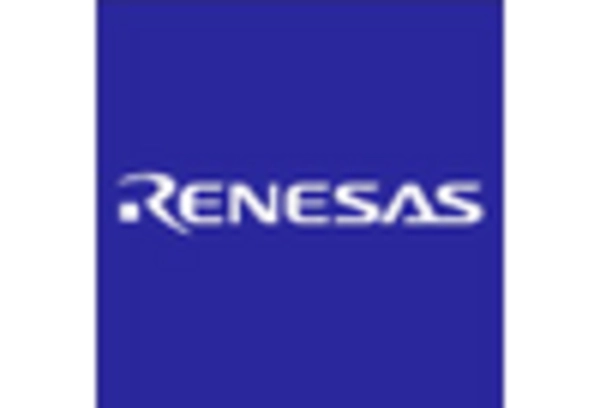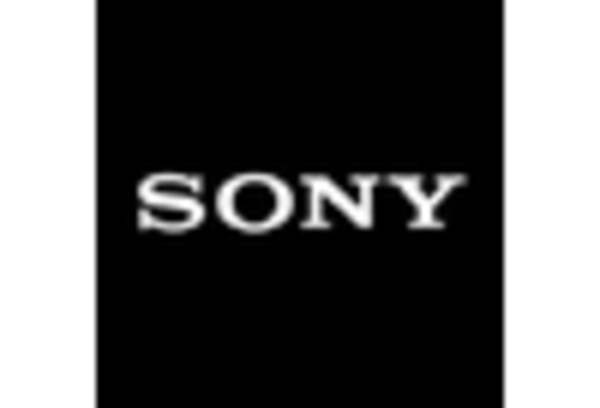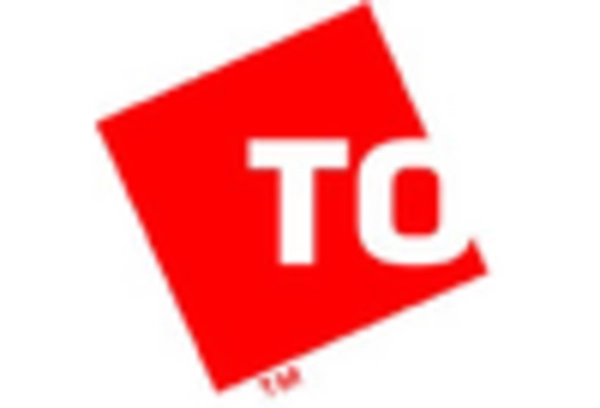Investment in Research and Development
Investment in research and development (R&D) is a critical driver for the Japan Semiconductor Device Market. Japanese firms are increasingly allocating resources to R&D to foster innovation and maintain a competitive edge in the global semiconductor landscape. In 2025, R&D expenditure in the semiconductor sector reached approximately 1.2 billion USD, indicating a strong commitment to technological advancement. This investment is likely to focus on developing next-generation semiconductor technologies, such as 5G and AI applications, which are anticipated to revolutionize various industries. Furthermore, collaboration between academia and industry is becoming more prevalent, facilitating knowledge transfer and accelerating the development of cutting-edge semiconductor solutions. This emphasis on R&D is expected to enhance the overall capabilities of the Japan Semiconductor Device Market.
Rising Demand for Consumer Electronics
The Japan Semiconductor Device Market is witnessing a rising demand for consumer electronics, which is driving the growth of semiconductor devices. With the proliferation of smart devices, including smartphones, tablets, and wearables, the need for advanced semiconductor solutions is becoming increasingly pronounced. In 2025, the consumer electronics segment accounted for approximately 40% of the total semiconductor market in Japan, underscoring its significance. This trend is expected to continue as consumers increasingly seek innovative features and enhanced performance in their electronic devices. Consequently, semiconductor manufacturers are likely to focus on developing high-performance chips that cater to the evolving needs of the consumer electronics market, thereby fostering growth within the Japan Semiconductor Device Market.
Growing Demand for Automotive Electronics
The Japan Semiconductor Device Market is experiencing a notable surge in demand for automotive electronics, driven by the increasing adoption of advanced driver-assistance systems (ADAS) and electric vehicles (EVs). In 2025, the automotive semiconductor market in Japan was valued at approximately 3.5 billion USD, reflecting a robust growth trajectory. This trend is likely to continue as manufacturers prioritize safety and efficiency, integrating more semiconductor devices into vehicles. The Japanese government has also been promoting initiatives to enhance EV adoption, which further propels the demand for semiconductor devices. As a result, companies in the Japan Semiconductor Device Market are expected to invest heavily in developing innovative solutions tailored for the automotive sector, potentially leading to a more competitive landscape.
Focus on Sustainability and Green Technologies
Sustainability is emerging as a pivotal driver for the Japan Semiconductor Device Market, as companies increasingly prioritize environmentally friendly practices. The Japanese government has set ambitious targets for reducing carbon emissions, which is influencing semiconductor manufacturers to adopt green technologies. In 2025, approximately 30% of semiconductor companies in Japan reported implementing sustainable practices in their production processes. This shift towards sustainability is likely to enhance the reputation of companies within the Japan Semiconductor Device Market and attract environmentally conscious consumers. Furthermore, the development of energy-efficient semiconductor devices is expected to play a crucial role in meeting the growing demand for sustainable solutions across various sectors, including automotive and consumer electronics.
Government Policies Supporting Semiconductor Manufacturing
The Japan Semiconductor Device Market benefits significantly from government policies aimed at bolstering domestic semiconductor manufacturing. The Japanese government has introduced various initiatives to support the semiconductor sector, including financial incentives and tax breaks for companies investing in local production facilities. In 2025, the government allocated approximately 500 million USD to support semiconductor manufacturing, reflecting its commitment to enhancing the industry. These policies are designed to reduce reliance on foreign semiconductor imports and promote self-sufficiency in critical technologies. As a result, domestic semiconductor manufacturers are likely to expand their production capacities, which could lead to increased market share and competitiveness within the Japan Semiconductor Device Market.

